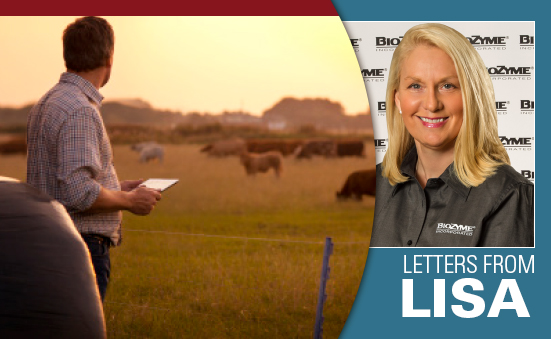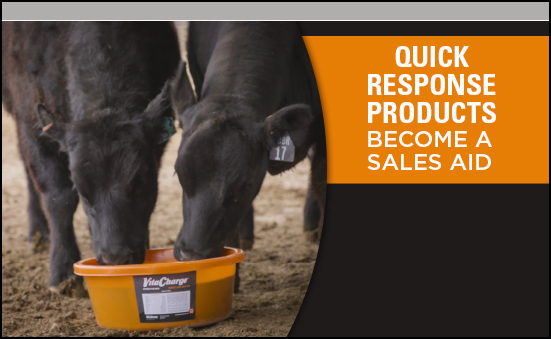Dealers are the heartbeat of the BioZyme ® organization. They connect the end-users to the products that help the animals stay healthy and performing. During times of unprecedented challenges, like a pandemic and uncertain markets, BioZyme developed the VitaFerm Conserve line to help dealers reach a new market of customers and keep Amaferm in front of their existing customers.
Read what some dealers had to say about Conserve and how it’s helped them grow their customer base.
“BioZyme hit the nail on the head with Conserve. With the world in somewhat of a crisis and producers having a lot of questions about what the markets are going to be like this fall, BioZyme offered a good basic mineral. The first cost a rancher is going to cut is mineral. With VitaFerm Conserve, they can still get a good basic mineral package with Amaferm included. I’ve brought in a few new customers at the Conserve price point that were interested in the Amaferm advantage that I might not have gotten otherwise. I’ve sold a lot of the Conserve with Garlic since the IGR has to be put out early in the year to help with fly control. After about a week, the garlic is helping with the flies. The customer response has been good, and their cattle are looking good.” – Tee Hale, Union Center, South Dakota
“I’ve gained at least two new customers by offering the Conserve mineral this spring to people who just want to save money. The guys in my area don’t want to spend extra on their mineral, so this has been a welcome addition to the VitaFerm line.” – James Bartonek, Olmitz, Kansas
“If I could summarize the new Conserve mineral in one word, it would be diversity because you can go so many different routes with it. The various forms are a big advantage. When times are tough, guys can still get a nice range mineral and have the garlic in there for fly control. I think that is the biggest thing right there. I’m excited to give my customers an economical line that competes with other brands, and it seems to be doing well for customers who have bought it. You can get it in various forms, in these challenging times that we are facing with the coronavirus and all the markets not cooperating the way we want them to, it gives guys more options to stay with BioZyme and keep using our products.” – Blake Bauer, Bingham, Illinois










